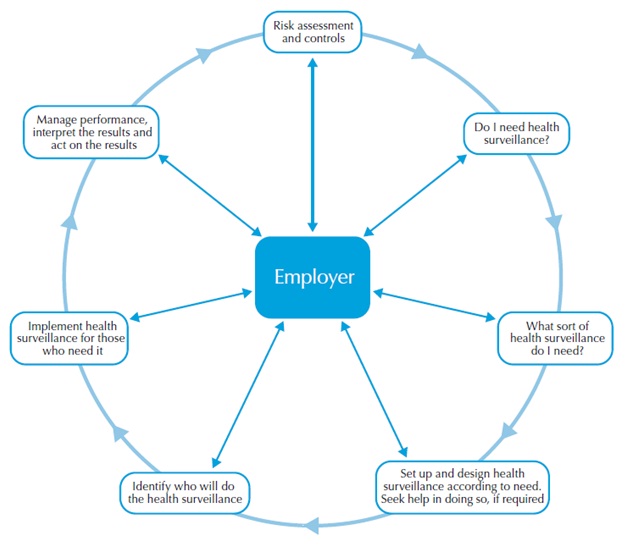- Can I get rid of the hazard altogether?
- If not, how can I control the risks so that harm is unlikely?
When controlling risks, apply the principles below, if possible in the following order:
- Try a less risky option (e.g. switch to using a less hazardous chemical);
- Prevent access to the hazard (e.g. by guarding);
- Organise work to reduce exposure to the hazard (e.g. put barriers between pedestrians and traffic);
- Issue personal protective equipment (e.g. clothing, footwear, goggles); and
- Provide welfare facilities (e.g. first-aid and washing facilities for removal of contamination).
Improving occupational safety and health need not cost a lot. For instance, placing a mirror on a dangerous blind corner to help prevent vehicle accidents is a low-cost precaution considering the risks. Failure to take simple precautions can cost you a lot more if an accident does happen.
Involve staff, so that you can be sure that what you propose to do will work in practice and won’t introduce any new hazards.
Step 4: record your findings and implement them
Putting the results of your risk assessment into practice will make a difference when looking after people and your operation.
Writing down the results of your risk assessment, and sharing them with your staff, encourages you to do this.
When writing down your results, keep it simple.
A risk assessment does not have to perfect, but it must be suitable and sufficient. You need to be able to show that:


Leave a Comment